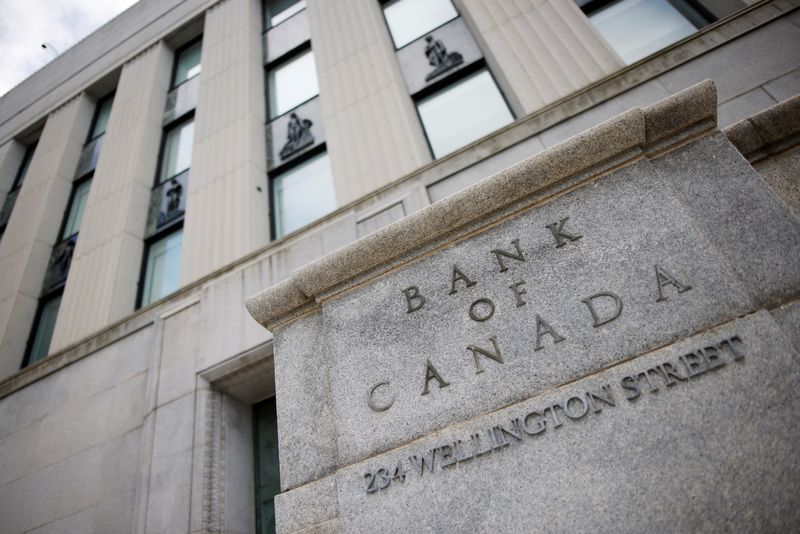OTTAWA (Reuters) -The Bank of Canada on Friday started registering payment service providers as part of a plan to bring them under its regulation and promote secure and reliable digital transactions.
Critics have complained that Canada's digital payment infrastructure is archaic when compared with some advanced countries, such as the UK and Australia, and lags even many developing countries.
"Today marks a big step toward giving Canadians added confidence in the safety and security of retail payment service providers," said Ron Morrow, the central bank's executive director of payments, supervision and oversight.
A payment service provider, or PSP, is any company that helps people store or move their money electronically, such as PayPal (NASDAQ:PYPL) and Square. This encompasses businesses that offer digital wallets, provide point-of-sale terminals or facilitate cross-border money transfers.
Carol Brigham, managing director of the Bank of Canada's supervision department, said any payment service provider which holds users' data and funds, facilitates electronic fund transfers and clears and settles payments will fall under the its oversight.
The central bank expects at least 3,000 to 3,500 payment service providers to register by the middle of this month when the registration closes, she said.
Canada's payment systems are mainly controlled by the country's biggest five banks, an arrangement that critics say has led to high fees and delays and throttles competition.
"We are also expecting that it (supervision) will improve innovation," Brigham said, adding that the payment service providers will also have ability to compete with top players as they become direct participants in "real-time rail," which will become Canada's first real-time payment systems when it is launched in 2026.

After the registration period, the central bank will evaluate all applications and the federal government will conduct national security reviews of the applicants.
The Bank of Canada will publish a list of all registered payment service providers on Sept. 8, 2025, from which time the regulations for managing risk and safeguarding funds will come into effect, it said.